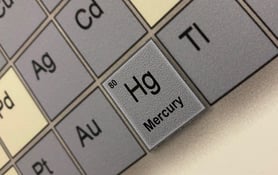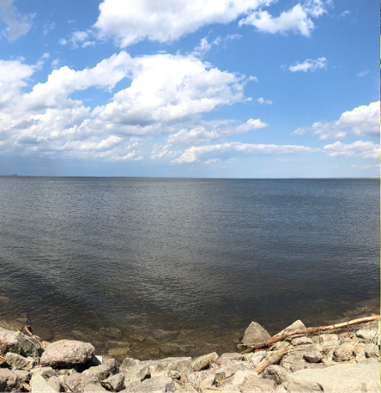
NEW Water has a Mercury Pollution Minimization Plan (PMP) to reduce the amount of mercury released to the environment through community partnerships, industry monitoring, voluntary efforts, and community outreach. Mercury is found in many household items, including thermometers, mercury switches, fluorescent lamps, and can commonly be used in dental amalgam for tooth fillings.
According to the Wisconsin Department of Natural Resources (WDNR), mercury is a highly toxic hazardous material that could cause serious health problems and detrimental environmental impact, so proper disposal is essential to protect the public health and the environment. Mercury is a bio-accumulative pollutant, which means that it accumulates in living organisms because it does not break down over time. Learn more from the WDNR >>
In efforts to protect public health and our most valuable resource, water, our wastewater treatment plants operates under a municipal wastewater discharge permit that limits how much mercury and other pollutants are present in our treated water, also known as effluent. This limit helps minimize the amount reaching fish, wildlife, and humans.

Get familiarized with common mercury-containing products that may be in your household and find a replacement with pollutant-free alternatives. Examples include: thermometers, thermostats, fluorescent light bulbs, paints, and more. Check out the United States Environmental Protection Agency (EPA) website on a list of mercury in consumer products.

Need to dispose of household hazardous waste? Ensure proper and safe disposal of products to protect public health and the environment. The Brown County Hazardous Material Recovery Facility accepts materials including those which are flammable, poisonous, corrosive, or reactive.

When mercury is spilled, it disperses into tiny beads across the surface and can accumulate into the smallest of places. Mercury droplets can emit toxic, odorless vapors, which can be dangerous to people and pets. Check out the WDNR's website to learn about following safe cleanup procedures in the event of a mercury spill.
NEW Water works with the dental facilities in our service area to continue pollution prevention initiatives. Dental facilities follow the American Dental Association's (ADA) recommended best management practices for amalgam waste. NEW Water requires dental facilities to install amalgam separators. Amalgam, commonly known as “silver fillings,” contains mercury, and when these are removed or placed, the amalgam particles enter the sewer system and wastewater treatment facilities which are not equipped to treat these materials. Amalgam separators can capture 95% or more of amalgam waste and reduce the amount of mercury discharging into the sanitary sewer. Partnering with dental facilities has resulted in a decrease in mercury reaching the treatment plant and leaving in the treated effluent.
NEW Water employs a number of pollution prevention initiatives and collaborates with community partners in efforts to prevent contaminants from making it into our waterways.
The EPA offers a comprehensive educational resource regarding pollution prevention.

The WDNR offers information specific to how to protect and enhance Wisconsin.

Not sure where to dispose it? The Resource Recovery Facility can help with proper disposal.
